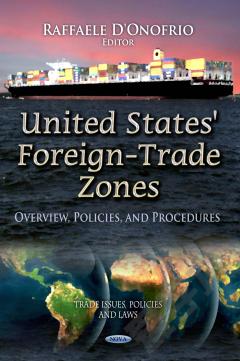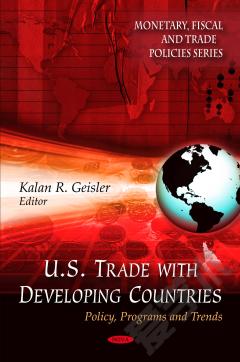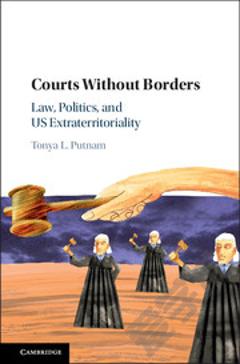United States' Foreign-Trade Zones: Overview, Policies, and Procedures
U.S. foreign-trade zones (FTZs) are geographic areas declared to be outside the normal customs territory of the United States. This means that, for foreign merchandise entering FTZs and re-exported as different products, customs procedures are streamlined and tariffs do not apply. For products intended for U.S. consumption, full customs procedures are applied and duties are payable when they exit the FTZ. In 1934, in the midst of the Great Depression, Congress passed the U.S. Foreign-Trade Zones Act. It was designed to expedite and encourage international trade while promoting domestic activity and investment. The U.S. FTZ program offers a variety of customs benefits to businesses which combine foreign and domestic merchandise in FTZs. This book examines current issues relating to the U.S. FTZ program including whether U.S. FTZs encourage a misallocation of U.S. resources; data availability issues; the U.S. employment and global competitiveness impact of FTZs; and the effectiveness of trade zones worldwide as a tool for economic development.
{{comment.content}}








 京公网安备 11010802027623号
京公网安备 11010802027623号